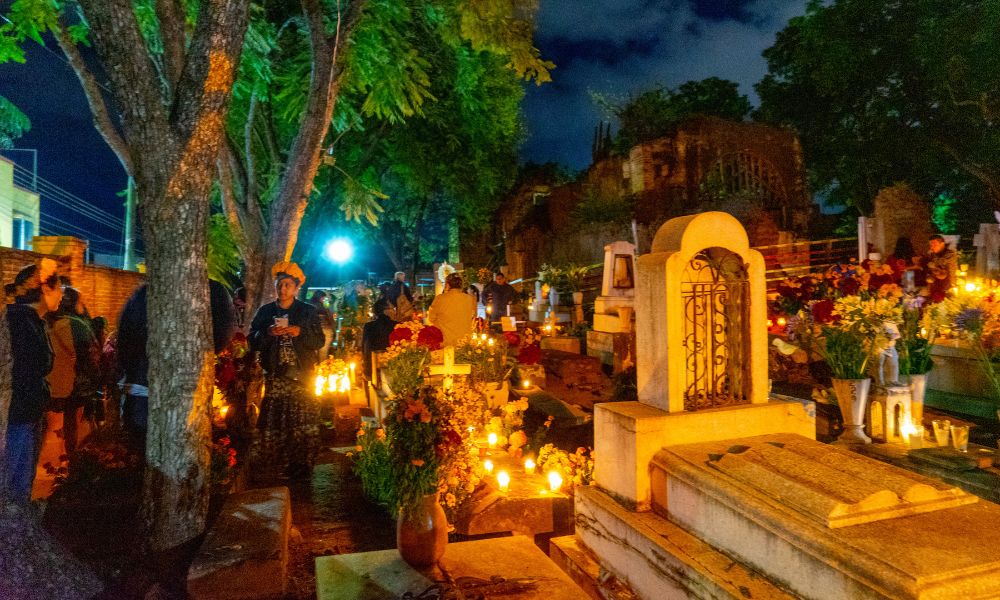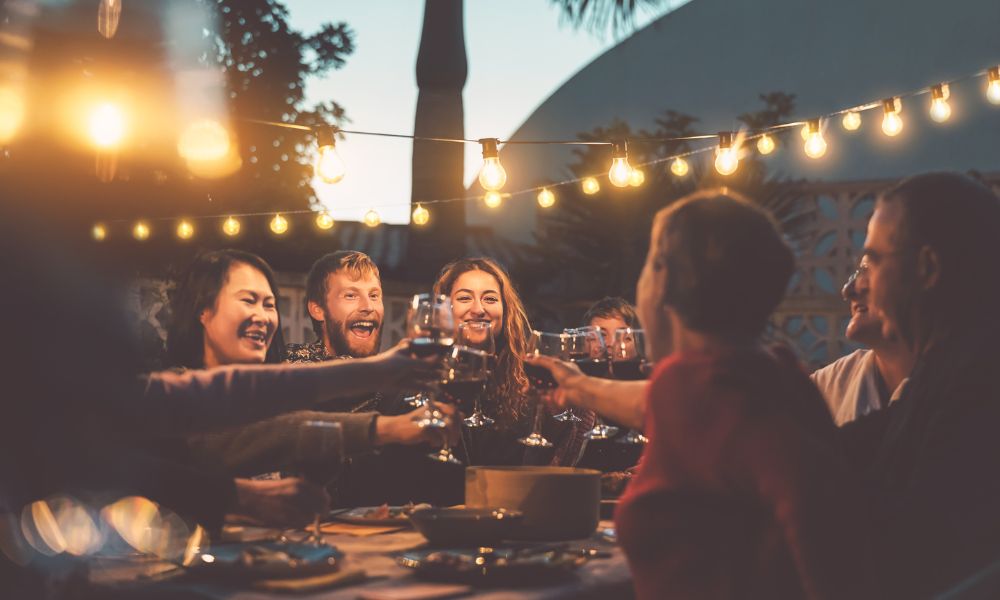
An inevitable part of life is experiencing loss. While we fear saying goodbye, people around the world engage in festivals to help them process their grief. Let’s look at ways different cultures honor the deceased.
The Hungry Ghost Festival, China
China takes part in the Hungry Ghost Festival, which they begin observing on the 15th day of the seventh month, in accordance with the lunar calendar. By Western standards, this means the festivities start in July or August. It spans an entire month.
Ancestral worship is a central part of Chinese culture, so it’s no surprise it plays an important role during the Hungry Ghost Festival. They believe the ghosts of their relatives leave the afterlife. Paying tribute to the deceased is vital, as they can become angry otherwise.
To properly honor them, the living need to prepare three meals at the start of the holiday. They also burn incense by memorials of their ancestors.
Toward the end of the festival, people engage in joss paper burning. There are several different types available, each symbolizing different worldly possessions, well wishes, and money. Burning this paper sends these items to the deceased in the afterlife.
Day of the Dead, Mexico
To help the living connect with the dead, people in Mexico celebrate the Day of the Dead, or Día de los Muertos in Spanish. They hold this celebration every year on the first and second days of November. During this time, they believe that the souls of their deceased relatives return to the living world.
One important tradition is making offerings (ofrendas) to lost loved ones. These are typically left on home altars or at the burial sites of the deceased.
Popular offerings feature food, including:
- Tamales
- Bread of the Dead (Pan de Muerto)
- Sugar skulls (la calavera de azucar)
People celebrating this holiday have taken to paint their faces in recent times to represent the sugar skulls. They can also do this to express themselves in a unique way or to honor lost loved ones.
Rather than a somber affair, the Day of the Dead is more like a party that brings the living and deceased together.
The Festival of the Cows, Nepal
Like Mexico’s the Day of the Dead, Nepal’s Festival of the Cows (Gai Jatra) takes on a lighter tone than China’s Hungry Ghost Festival. While the Nepali calendar differs from the Western version, this holiday typically falls in either August or September.
True to its name, the festival features cows to help guide the deceased who passed away that year into the afterlife. People in Kathmandu lead calves through the streets to help with this ritual. In cases where calves are too expensive, children wearing cow masks take their place.
While this is the most somber part of the ritual, people engage in fun activities following the procession. These ceremonies take part in the street. People wear costumes and put on different performances, like comedy acts, plays, and dances.
Final Thoughts
By looking at China, Mexico, and Nepal, we can see the varying and similar ways different cultures honor the deceased. It’s important to recognize how people from other countries have unique funeral and burial practices in addition to these festivals.
While there are many traditions, we can respect how folks from around the world process loss.






